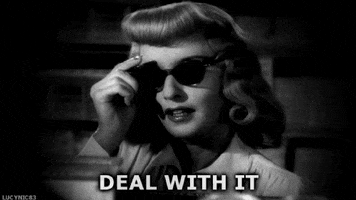As Gregor Samsa awoke one morning from uneasy dreams he found himself transformed in his bed into a gigantic insect.
The use of the word “uneasy” infers that the subject of the text was not resting well, but nothing too traumatic had yet occurred, “transformed” allows the reader to believe that the event that happened was scientific in origin, and the term “gigantic insect” places imagery in the readers mind of what Samsa has turned into. The syntax of the sentence is a bit wordy, as there is no punctuation to help guide the reader through the words. The imagery implied with this sentence is a more abrupt awakening of Samsa because of the diction used, making the reader believe that the transformation was more of a surprise.
Gregory Samsa woke from uneasy dreams one morning to find himself changed into a giant bug.
Again, the use of the word “uneasy” infers that the subject of the text was not resting well, “changed” brings up a varying connotation from the first sentence as it makes the process seem more casual, as does the term “giant bug” because of the simple vocabulary. The syntax is very to the point and gets the message across clearly without becoming wordy. The simple wording makes the reader believe that the awakening was more slow and steady rather than abrupt, and that the transformation was one that he took the time to comprehend.
When Gregor Samsa awoke from troubled dreams one morning he found he had been transformed in his bed into an enormous bug.
The word “troubled” makes the reader believe that Samsa is having issues regarding his sleep, “transformed” allows the reader to believe that the event that happened was scientific in origin, and “enormous bug” also carries the idea of a simple vocabulary having an influence on the reader’s perception of the bug and seeing it as less terrifying. Because the translator chose to begin the sentence with “When”, there is a storytelling narrative that is developed that changes the meaning of the sentence, making the syntax extremely important. The imagery of this translation makes him seem more confused by the abrupt transformation.
One morning, upon awakening from agitated dreams, Gregor Samsa found himself, in his bed, transformed into a monstrous vermin.
The use of the word “agitated” over other options like uneasy or troubled is significant because it relates more to the frustration regarding the dream. “Transformed” is used again, keeping it’s meaning. “Monstrous vermin” has more of a dramatic appeal to it and makes the reader imagine a more horrific creature. The use of commas throughout the sentence give the words a better flow and allow the sentence to become more comprehendible. The imagery of this sentence is more violent and makes the reader see Samsa as a more vicious creature, rather than a large one as depicted in the other sentences.
The diction used in this first selection predetermines the mindset of the reader for the duration of the text, and sets the mood that the reader comprehends by adjusting the understanding that they take in. By changing specific diction in the text, the entire holistic meaning of the sentence could change. For example the use of the words “gigantic” and “monstrous” may be similar, but when placed in context, they change the meaning drastically, making the reader take a varying perspective on a character. Although when skimming over these four sentences at first they do all seem very similar, they are actually extremely contrasting in their meanings, which is influenced only by a few minor word changes. The drastic changes that occur over translation is overwhelmingly present in comparison, yet when viewing each of them as individuals they each seem correct.
The tone expressed by the author also may be adjusted by the translator, giving the translator an abundance of responsibility. By adding in or taking out certain punctuation, the text may be given new meaning. The variation among word choice relates directly to the intended ideas expressed by the author, and how this may vary depending on who translated the text. In just a single sentence it is evident the changes that are made because of the process. There is no straight forward way to translate an entire book because of the plethora of synonyms for words and the language barrier that is provided because of this. It is important that the translator understands the original intentions of the author so that they do not skew the meaning of the text.


